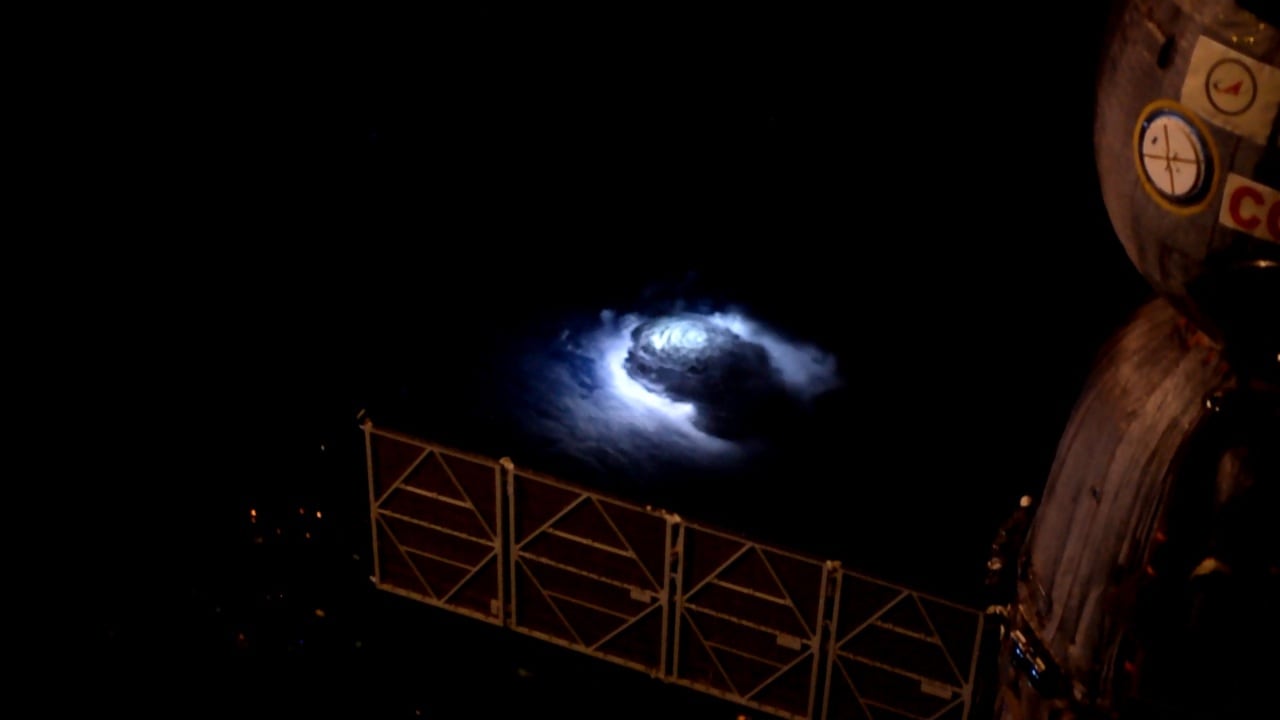
FP TrendingJan 28, 2021 19:05:05 IST
New observations of Earth’s lightning as seen in outer space is throwing light to greater understanding of the subject. Several ‘blue jets’ and ‘elves’ captured from a new telescope can even provide insight into how greenhouse gases are concentrated in Earth’s atmosphere. The research has been published in Nature on 20 January and the paper defines blue jets as “lightning-like, atmospheric electric discharges of several hundred millisecond duration that fan into cones as they propagate from the top of thunderclouds into the stratosphere”.
The blue jet phenomenon has remained poorly understood because of limited monitoring capabilities of on-the-ground telescopes. This changed when International Space Station’s Atmosphere Space Interactions Monitor (ASIM) observatory caught a blue jet or blue lightning. This observatory has the ability to look at lightning from space and recently captured a single blue jet and four ‘elves’ – optical and ultraviolet emissions from the bottom of the ionosphere – during a thunderstorm.
[embedded content]
“Looking down on Earth’s weather from the International Space Station 400 km above, ASIM’s enhanced perspective is shedding new light on weather phenomena and their characteristics,” a statement from the European Space Agency (ESA) said ASIM has been on the International Space Station since 2018 and has various equipment like photometers (used for measuring light intensity), optical cameras, an X-ray and gamma-ray detector for carrying out its observation. The statement added that such “bizarre-sounding” phenomena as the blue jets are “very difficult to observe from the surface of the Earth” and hence has kept disillusioning scientists for years.
The paper said that the lightning flashes were observed in the central Pacific Ocean, close to the island of Nauru during a thunderstorm. The ASIM had captured the blue jet to shoot up from a cloud and result in an “intense five 10-microsecond flash”. Researchers think these phenomena could even “influence the concentration of greenhouse gasses” in Earth’s atmosphere, thereby making their research more crucial.
Post a Comment